PDF] Combination of entomopathogenic nematodes and chemical
4.8 (781) · € 20.00 · En Stock
Results showed that the sole application of EPNs caused less than 30% thrips mortality, whereas imidacloprid treatment showed adverse effects on the efficacy of H. bacteriophora at 1000 IJs/cm and all insecticides interacted additively on the thriveps mortality. M. KASHKOULI, N. POORJAVAD and J. KHAJEHALI 1,2, 3Former M.Sc. student, Assistant professors and Associate professors of Entomology, Respectively, Department of Plant Protection, College of Agriculture, Isfahan University of Technology, Isfahan 84156-83111, Iran (Received: August 2015; Accepted: January 2017) Abstract Entomopathogenic nematode (EPN) combinations with other control agents are applied to obtain more desirable control of a pest by additive or synergistic effects on the pest mortality. In this study, the potential of EPNs (Steinernema carpocapsae, and Heterorhabditis bacteriophora) alone, chemical insecticides (imidacloprid, deltamethrin, and abamectin) alone, and EPN-insecticide combinations, against the onion thrips, Thrips tabaci (Thysanoptera: Thripidae) was investigated. In the first experiments, the effects of different concentrations of insecticides and EPNs on the thrips larvae were tested and the LC10 and LC30 values of insecticides were calculated. Then using a pretreatment bioassay, the thrips larvae were treated with the EPNs at two concentrations, 400 or 1000 infective juveniles (IJs) per cm, after they had been exposed to LC30 of abamectin (5.16 mg per litre (l), LC10 of imidacloprid (50.16 mg/l), or LC10 of deltamethrin (10.28 mg/l). Mortality percentages were recorded at different time intervals, 24, 48 and 72 hours after the EPNs utilization. Results showed that the sole application of EPNs caused less than 30% thrips mortality. The combination of H. bacteriophora and all insecticides interacted additively on the thrips mortality whereas imidacloprid treatment showed adverse effects on the efficacy of H. bacteriophora at 1000 IJs/cm. Additive and synergistic interactions resulted in combining insecticides with S. carpocapsae. These combinations gave mostly higher thrips mortality than with EPN alone and synergistic interactions were observed in S. carpocapsae application at 400 IJs/cm2 with imidacloprid and deltamethrin and also at 1000 IJs/cm with abamectin
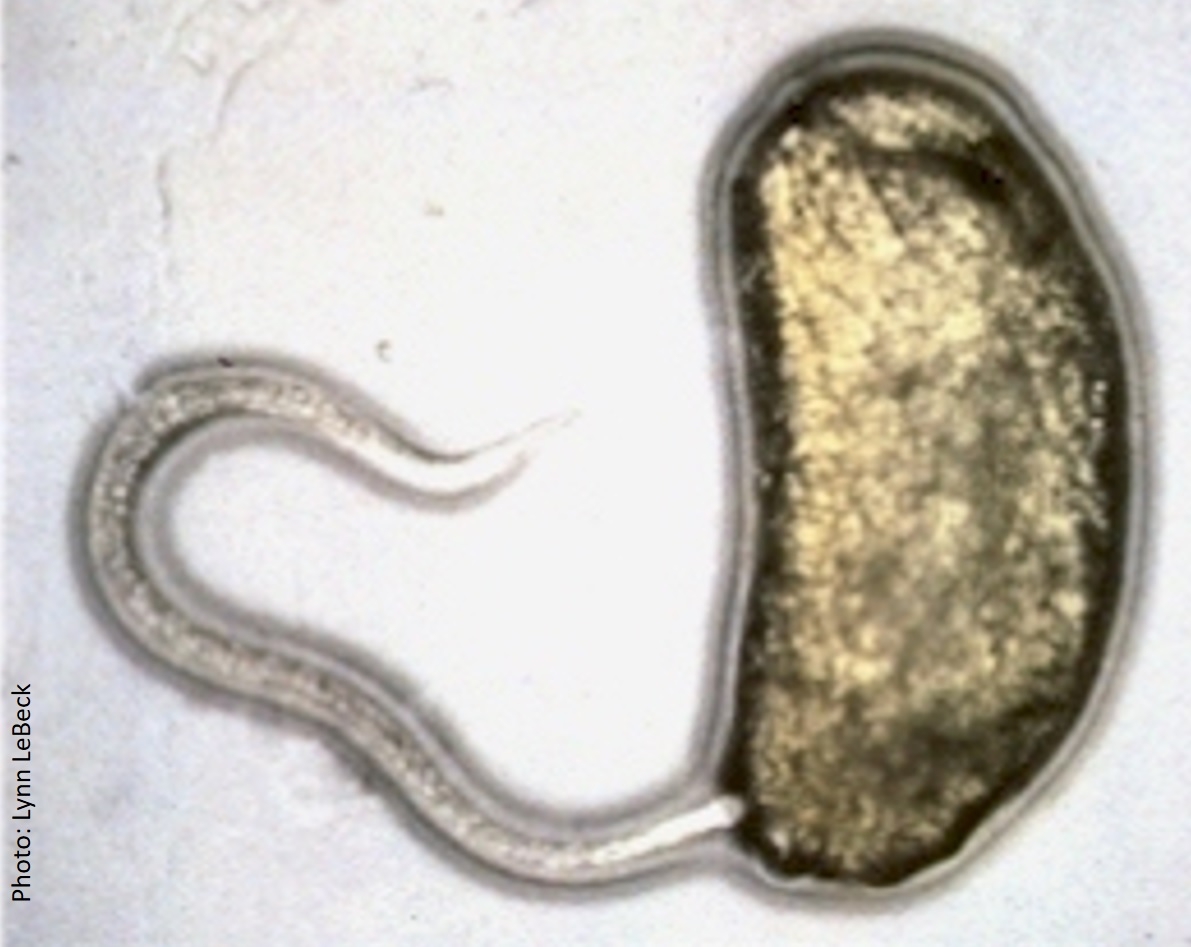
Entomopathogenic microorganisms: modes of action and role in IPM - E-Journal of Entomology and Biologicals - ANR Blogs

Entomopathogenic nematodes increase predation success by inducing cadaver volatiles that attract healthy herbivores

Entomopathogenic Nematodes in Pest Management

Entomopathogenic and plant pathogenic nematodes as opposing forces in agriculture - ScienceDirect

Molecular Regulators of Entomopathogenic Nematode–Bacterial Symbiosis

PDF) Combination of entomopathogenic nematodes and chemical insecticides for controlling the onion thrips, Thrips tabaci (Thysanoptera: Thripidae) in the laboratory condition

PDF) Efficacy of Entomopathogenic nematodes and Fungi as Biological Control agents against the cotton leafworm, Spodoptera littoralis (Boisd.)

Engineering bacterial symbionts of nematodes improves their biocontrol potential to counter the western corn rootworm

Nematodes as suppressors and facilitators of plant performance - Topalović - 2023 - New Phytologist - Wiley Online Library

PDF] Combination of entomopathogenic nematodes and chemical insecticides for controlling the onion thrips , Thrips tabaci ( Thysanoptera : Thripidae ) in the laboratory condition
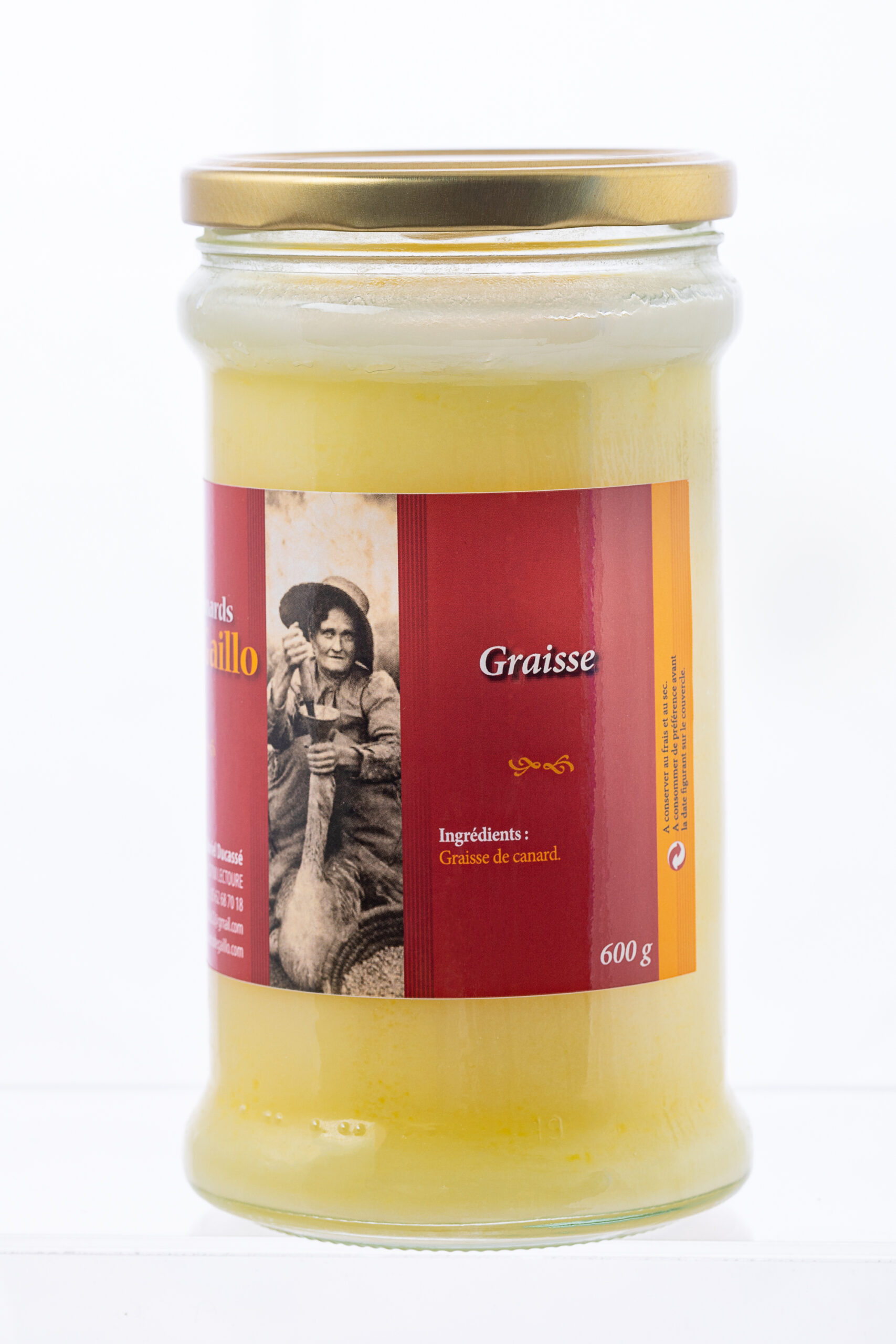



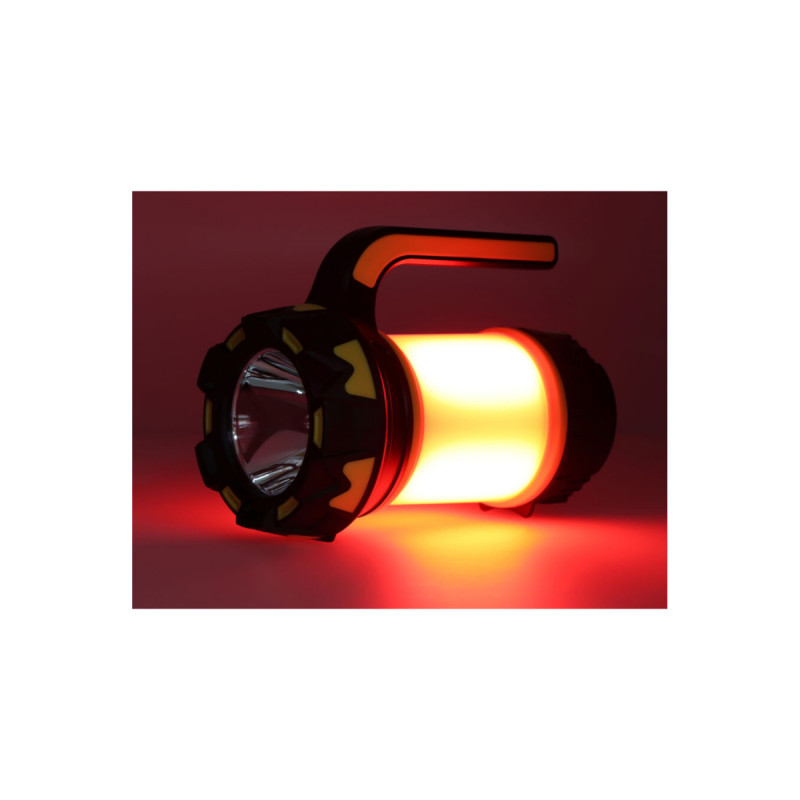

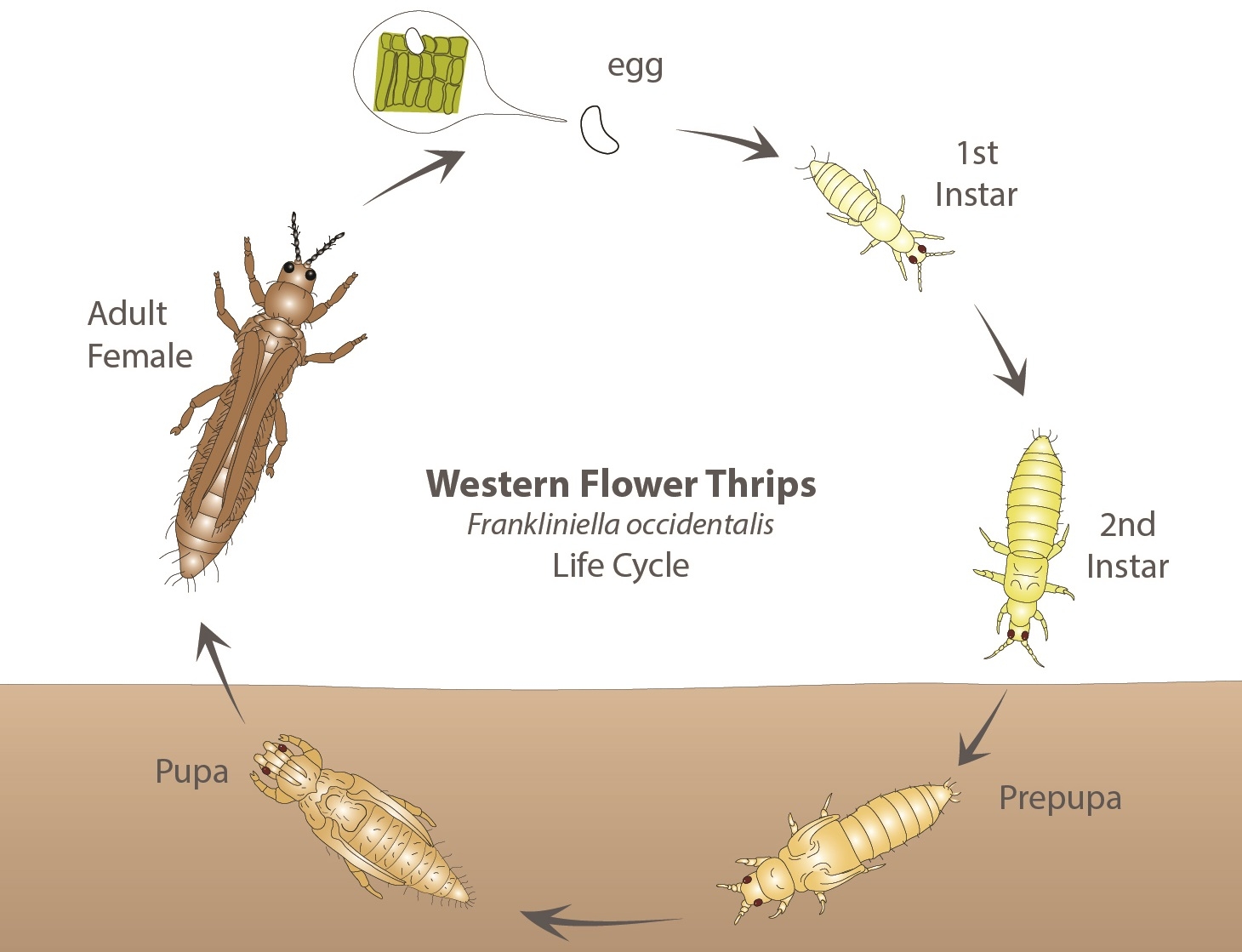

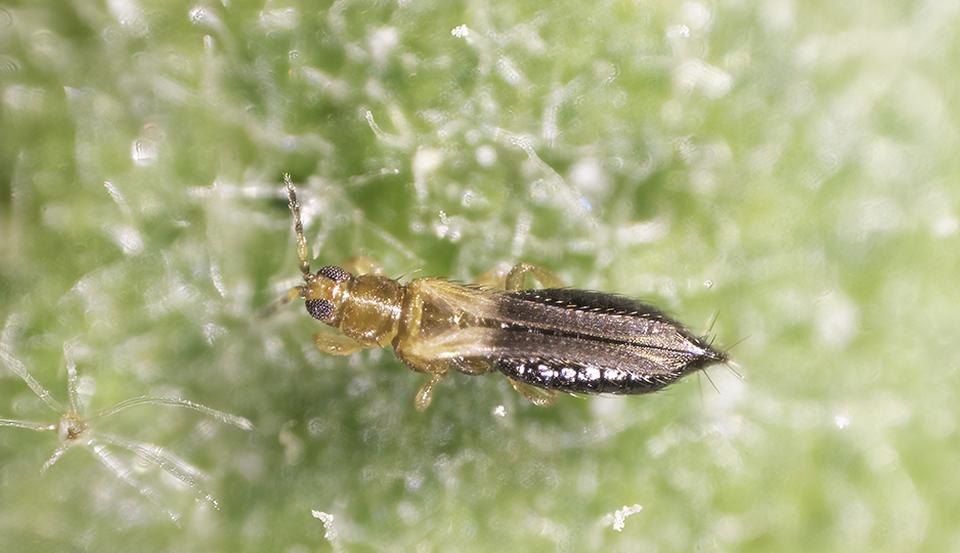
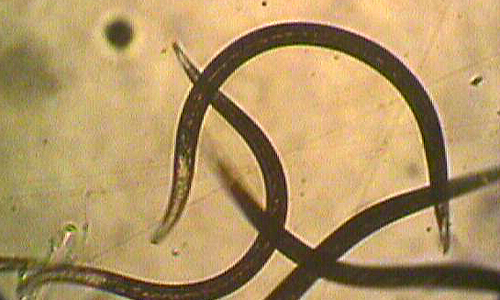


![PDF] Combination of entomopathogenic nematodes and chemical](https://d3i71xaburhd42.cloudfront.net/a9a7bcc89ac79fd1f90691ce6f42fc8b40edbffe/6-Figure1-1.png)